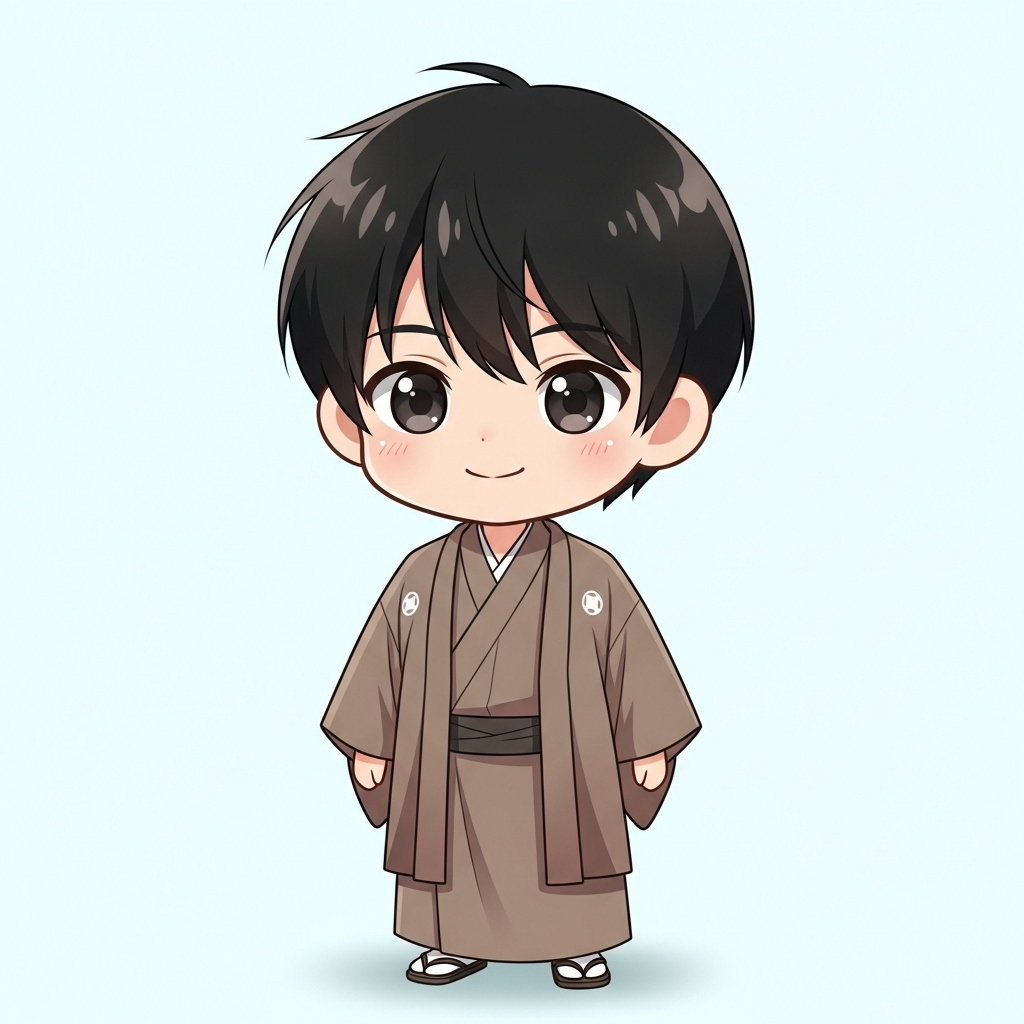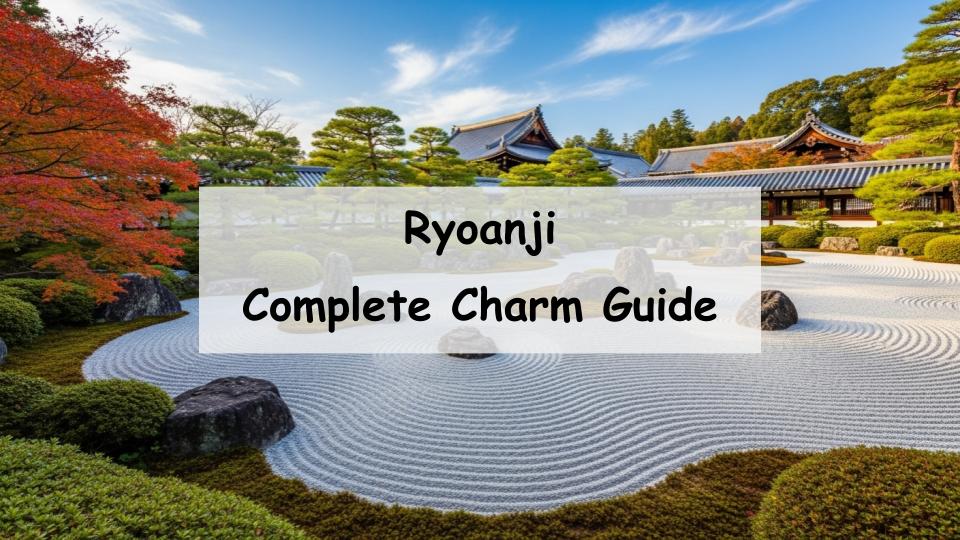If you’re researching Ryoanji Temple, you might be wondering, “What makes it so special?” or “What are the must-see spots and how do I get there?” This article will fully introduce the charm of Ryoanji, explaining its features, recommended highlights, and useful access information. From the temple’s rich history and famous rock garden to practical tips for visiting, this comprehensive guide will help you prepare for your trip. Read on to discover everything you need to know about Ryoanji Temple.
What is Ryoanji Temple? History and Basic Information
The Founding and Historical Background of Ryoanji
Ryoanji Temple was founded in 1450 during Japan’s Muromachi period and is one of Kyoto’s most famous Zen temples. Originally established as a family temple for a samurai clan, it later developed into an important Zen training center. The temple is world-renowned for its minimalist rock garden, which embodies Zen philosophy through its simple yet profound design. Despite undergoing reconstruction and restoration over centuries, Ryoanji has preserved its historic atmosphere to this day.
Basic Information About Ryoanji (Location, Hours, Admission)
Located in Kyoto’s northwestern district of Ukyo Ward, Ryoanji is easily accessible. The temple typically opens from 8:00 AM to 5:00 PM, though hours may vary by season, and it remains open year-round. Admission fees are around 500 yen for adults, with discounts available for students. Checking the official website ahead of your visit is recommended to get the latest details.
The Charm and Features of Ryoanji
The Famous Rock Garden: Highlights and Meaning
Ryoanji’s main attraction is its “rock garden,” a dry landscape known as karesansui. The garden features fifteen stones carefully arranged on white gravel in a way that no single viewpoint reveals all the stones at once. This design symbolizes Zen concepts such as impermanence and emptiness. The serene environment invites visitors to engage in quiet contemplation and self-reflection.
The Beauty of the Gardens Through the Seasons
Beyond the rock garden, Ryoanji boasts lush gardens that change with the seasons. Visitors can enjoy cherry blossoms in spring, vibrant greenery in summer, fiery foliage in autumn, and serene snow scenes in winter. Each season brings a unique atmosphere that enhances the temple’s tranquil setting.
Architecture and Cultural Assets of Ryoanji
The temple grounds feature traditional Zen architecture, including buildings designated as important cultural properties. The Hojo (main hall), in particular, exemplifies classic Japanese architectural style and offers stunning views of the gardens and rock garden, creating a harmonious space for meditation and appreciation.
Highlights and Spots to See at Ryoanji
Detailed Guide to the Rock Garden (Karesansui)
The rock garden covers roughly 250 square meters and combines white gravel with stone arrangements that have been meticulously planned. The best vantage point is from the east side viewing platform, where visitors can take time to absorb the garden’s symbolic meaning.
Key Spots Within the Ryoanji Grounds
The Hojo (Main Hall)
The Hojo serves as the temple’s centerpiece and is where visitors view the famous rock garden. It is not only architecturally significant but also a spiritual heart of the temple.
The Ryoanji Tea House
Within the grounds, there is also a traditional tea house where visitors can experience Japanese tea ceremony culture, offering a peaceful way to enjoy the garden’s ambiance.
How to Access Ryoanji and Nearby Attractions
Getting to Ryoanji (Public Transport and Car)
From Kyoto Station, the most convenient way to reach Ryoanji is by taking a city bus to the “Ryoanji-mae” bus stop. If you drive, several paid parking lots are nearby, but it’s advisable to arrive early during busy periods to secure a spot.
Recommended Attractions Near Ryoanji
Close to Ryoanji are other renowned sites such as Ninna-ji Temple and Kinkaku-ji (Golden Pavilion). Visiting these alongside Ryoanji offers a fuller Kyoto experience.
Tips for Visiting and Best Times to Go
Ryoanji can get crowded, so visiting early in the morning is recommended for a quieter experience. To preserve the peaceful atmosphere, visitors should follow temple rules and keep noise to a minimum while exploring.
Tips to Enjoy Ryoanji Even More
Recommended Viewing Points and Photo Spots
The east-side viewing platform is the ideal spot for admiring and photographing the rock garden. Seasonal garden views also make excellent photo opportunities, so bringing a camera is encouraged.
Manners and Etiquette at Ryoanji
As a Zen temple, Ryoanji demands respectful behavior. Visitors should avoid loud voices, refrain from entering the rock garden, and maintain a calm presence. Observing these guidelines ensures everyone can appreciate the temple’s serene environment.
A Message from the Guide

I was surprised by the goshuin at Ryoan-ji. I never expected those two characters to be written.








Comment